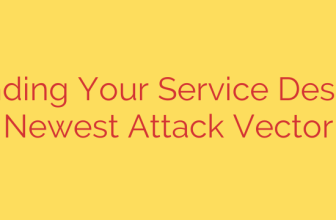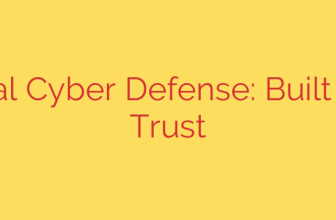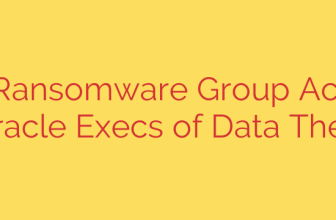
Urgent Security Alert: Critical Cisco ASA Zero-Day Flaws Under Active Attack
Cybersecurity teams are on high alert following the discovery of two critical zero-day vulnerabilities in Cisco Adaptive Security Appliance (ASA) and Firepower Threat Defense (FTD) software. These flaws are being actively exploited in the wild by sophisticated, state-sponsored threat actors in a targeted espionage campaign aimed at government and critical infrastructure networks.
Immediate action is required to mitigate this severe threat. The attack chain leverages two distinct vulnerabilities to gain full control of affected network devices, establish persistent access, and exfiltrate sensitive data.
Understanding the Twin Threats: CVE-2024-20353 and CVE-2024-20359
The attackers are skillfully combining two different security gaps to compromise firewalls and network gateways. Understanding how each works is key to recognizing the severity of the situation.
CVE-2024-20359 (The Entry Point): This is a critical remote code execution (RCE) vulnerability that allows an unauthenticated, remote attacker to execute arbitrary code on an affected device. Essentially, this flaw acts as a locked door that hackers have found a key for, allowing them to gain initial access to the system without needing any credentials. The attack is triggered by sending a specially crafted request to the device.
CVE-2024-20353 (The Foothold): This is a persistent local code execution vulnerability that allows an attacker who already has administrator-level privileges to install malware that survives system reboots and software upgrades. Once inside using the first flaw, this vulnerability allows attackers to build a permanent base of operations within the network device, making them incredibly difficult to detect and remove.
How Attackers Are Chaining These Exploits for Maximum Impact
The attack is a classic one-two punch. First, the threat actors exploit CVE-2024-20359 to breach the device’s defenses from the internet. Once they have initial access, they elevate their privileges and exploit CVE-2024-20353 to implant custom malware.
This malware, identified in some cases as custom backdoors like LINEBACK and LINEFAIL, is designed for espionage. It can capture and exfiltrate network traffic, execute commands remotely, and pivot to other devices within the compromised network. Because the malware persists after a reboot, simply restarting the device will not remove the threat.
State-Sponsored Espionage: The Motivation Behind the Attacks
Security researchers have attributed these attacks to a state-sponsored group with a history of targeting government entities and critical infrastructure sectors worldwide. The primary goal of this campaign is not financial gain but cyber espionage—stealing sensitive information, monitoring communications, and gaining a strategic advantage.
The attackers have demonstrated a high level of sophistication, using custom tools and carefully selecting their targets to avoid widespread detection. This indicates a well-funded and patient adversary focused on long-term intelligence gathering.
Immediate Steps to Protect Your Network: A Security Checklist
If your organization uses Cisco ASA or FTD software, you must act now to defend against these exploits. The window of opportunity for attackers is open, and proactive defense is the only reliable strategy.
Patch Immediately: Cisco has released software updates that address these vulnerabilities. Applying these patches is the single most important step you can take. Check the official Cisco Security Advisory for the specific software versions and patches relevant to your devices. This is not optional; it is critical.
Hunt for Indicators of Compromise (IoCs): Even after patching, you must investigate whether your devices were compromised before the fix was applied. Scrutinize logs for unexpected reboots, unauthorized configuration changes, or unusual traffic patterns. Security teams have released IoCs, such as specific IP addresses and file hashes, that can help identify malicious activity.
Verify Device Integrity: Check for any unknown or unauthorized files on the device’s file system. Attackers may leave behind scripts or other tools. Ensure the device’s configuration has not been altered to weaken security settings or redirect traffic.
Restrict Access to Management Interfaces: As a best practice, never expose the management interfaces of your network devices directly to the internet. Limit access to a trusted internal network and use multi-factor authentication (MFA) for all administrative accounts.
Monitor Network Traffic: Keep a close eye on outbound traffic from your network devices. The malware used in these attacks needs to communicate with a command-and-control (C2) server. Unusual outbound connections from a firewall or gateway are a major red flag.
The exploitation of these zero-day vulnerabilities serves as a stark reminder that even enterprise-grade security appliances can become a gateway for determined adversaries. The only effective defense is a vigilant and proactive security posture. Ensure your systems are patched, your logs are monitored, and your team is prepared to respond to signs of a compromise.
Source: https://www.helpnetsecurity.com/2025/09/26/cisco-asa-zero-day-attacks/








